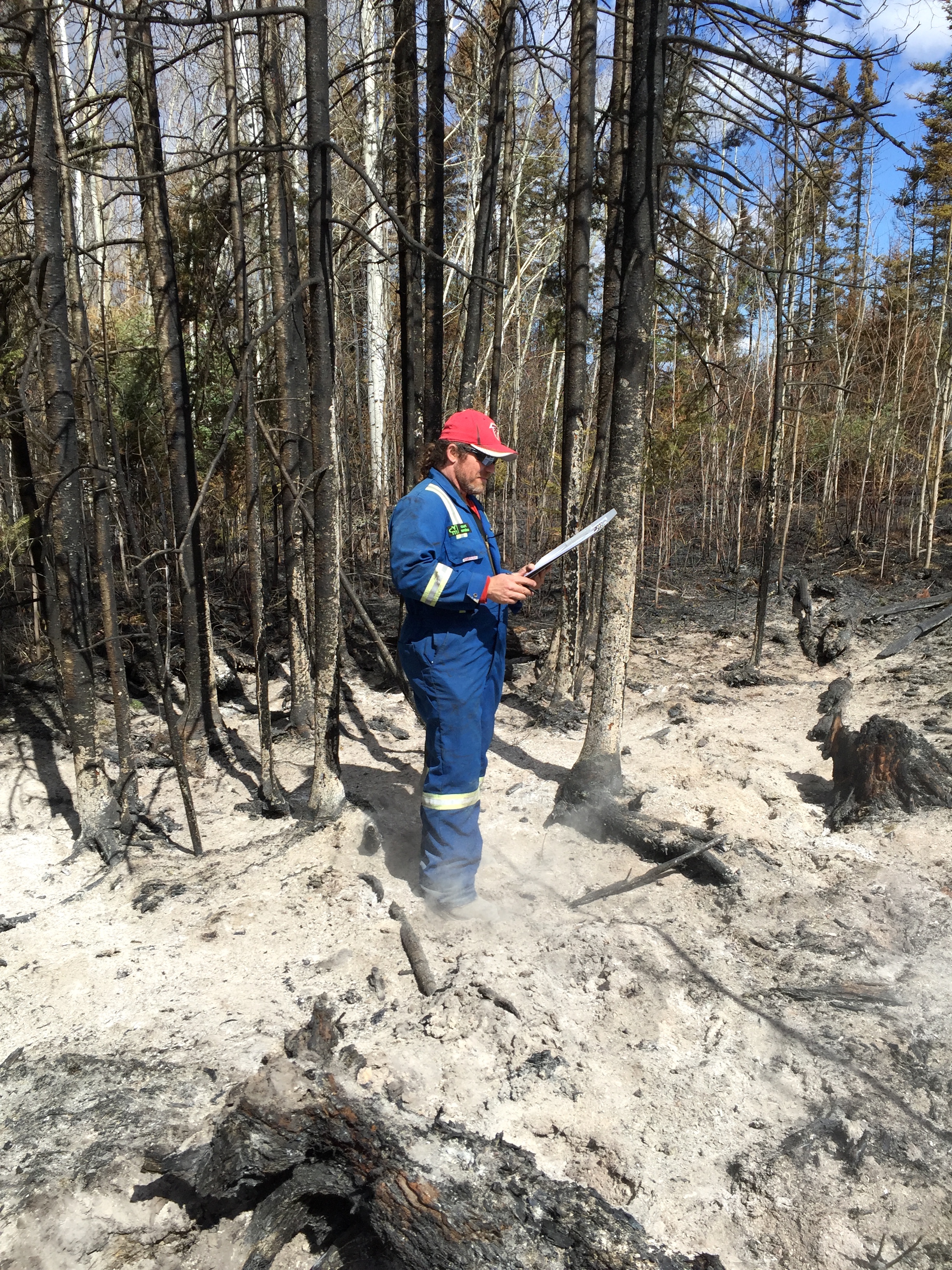This week is arson awareness week. I have been working on arson investigations and the collection and analysis of fire debris samples for over 10 years. I was brought into the field of work by happenstance, and it has been an amazing experience applying legal and environmental forensic chemistry to the field of arson investigations.
Arson investigations involve the collection of samples to assess the presence (or absence) of ignitable liquid residue (ILR). This may seem simple enough, but it is far from it. What type of sample is best? How is the best way to collect the sample? Do I want charred material or non-charred material?
From a chemistry (analysis) standpoint, it can be equally difficult. How do you detect trace amounts of ILR on fire debris samples that have also have background stuff, burnt stuff, partially burnt stuff that can interfere with the detection of ILRs? In fact, this is the number one cause of issues with the detection of ILRs on your samples. A mysterious ill-defined term called “matrix”. It is not related to any Keanu Reeves movie but does wreak havoc on laboratory detection of ILRs. Have you ever sent in a sample that actually smelled like gasoline but when you got the laboratory report back, there was no ILR detected? Matrix is very likely to blame.
Matrix is a general term used to describe everything that makes up the fire debris sample that is not the signal you are measuring – in this case, the ILR. Matrix consists of all the volatiles chemicals present in the samples which can be present in the starting material (floorboards, carpets, forest leaf litter) and the partially combusted materials that form during combustion from that starting material. Matrix is usually present in large amounts compared to the ILR compounds the lab is trying to measure. Therefore, matrix interferes with the detection of the ILR compounds preventing a positive result.
There are a few things you can do to help with this issue:
- Don’t collect heavily charred samples if possible. Sometimes there is no choice but if you can pick less charred, less is better. Less pyrolysis products formed and less carbon for the ILR compounds to stick to.
- Always collect reference samples for the laboratory to use for comparison. Yes, it costs extra but giving the laboratory a comparison sample of the same sample type will help the laboratory figure out the compounds present in the matrix to make ILR detection a little easier. If you have multiple types of samples, that means multiple reference samples. The collection of reference samples should not be a cost decision if you are looking to get the best analysis possible for your investigations.
- Not all laboratory methods are equal. They may tick the boxes and generally follow an ASTM method but that is just the equivalent of having a driver’s license, it doesn’t make them a good driver. There are pros and cons to different laboratory methods available. If it is cheaper and quicker, there is probably a reason for it.
I am biased about laboratory methods as I think the routine analysis of ILRs can up its game with today’s capabilities. The instrumentation that we have available today is capable of separating more and seeing less than we have ever been able to do in the past. We can use this to allow easier assessment of ILRs in fire debris samples to be even confident in our results.




